全新的中继器和信号调理器,实现更好的信号完整性
细节
本文引用地址:http://www.eepw.com.cn/article/202004/412596.htm二极管重新驱动器解决了对高速接口信号完整性产生负面影响的五个主要问题:
信号衰减: 包括差分信号在内的高速信号会引入噪声和抖动,从而导致信号电压摆幅超过或低于最佳眼开度。这导致在高速信号切换期间信号质量下降。
信号强度: 接口越来越多地被集成到中央处理器芯片组中。虽然在实验室中提供了出色的性能,但当设计到具有多层电路板、长走线和延长电缆长度的真实系统中时,这些芯片组往往不够强大,无法提供合理的设计余量来满足合规性规格。
信号距离: 布局限制、控制器到连接器的分离、多个印刷电路板层、过孔、子板连接器和长电缆都导致信号距离和更大的信号降级。例如,FR4印刷电路板走线上的信号损耗通常为0.3分贝/英寸(2.5 Gbps),0.9分贝(8 Gbps)。
噪音: 随机和确定性噪声都会降低各种来源的信号完整性,包括来自其他信号的串扰。随机抖动的另一个常见来源是噪声时钟源,它没有良好的隔离或阻抗不匹配。
缺乏端到端控制: 当接口连接到外部子系统或设备时,设计人员无法控制信号距离、电路板过孔、连接器和电缆,信号仍必须通过这些设备才能到达目的地。这可能会增加噪声、抖动、衰减和插入损耗,并导致设计良好的设备无法与其他制造商的设备接口。
原始设备制造商面临的挑战是,随着信号速度的提高,这些因素变得更加明显,导致可靠性、吞吐量和质量受损。为了帮助开发人员保持信号完整性,二极管提供了无与伦比的信号调理技术,并提供了全面的设备组合,适用于PCI Express、USB、Thunderbolt、SAS/SATA、蓝牙、Wi-Fi、HDMI和其他流行标准。好处包括:
卓越的信号质量: 二极管再驱动器具有最低的抖动和衰减,实现行业最高性能。比较研究在NDA下提供。
最低串扰: 通过将串扰降至最低,二极管保持通道间和器件间的低偏斜。
高度可配置:为了给开发人员提供更大的灵活性,二极管的再驱动器可以通过I2C的一个微控制器在每个通道的基础上进行配置,而不必像其他技术一样进行固定或硬连线。
能效:这些器件旨在实现低功耗运行和高效功耗。例如,二极管的SAS/SATA再驱动器每个通道的功耗不到100毫瓦,并且具有市场上最佳的功率效率。
多端口: 二极管的再驱动器支持多种多通道配置,提供灵活性,同时实现更大的集成和成本节约。
多协议: “二极管”是行业中唯一一家提供在SATA和SAS环境下都能工作的全面的再驱动器产品组合的制造商。
软包装: 二极管的再驱动器有多种封装选择,以满足您应用的特定成本、性能和功率需求。对于4 mm x 4 mm数量级的设备,这些重新驱动器可以靠近接口连接器放置,以将信号损失降至最低。
改善信号完整性增加了系统的整体信号裕量。原始设备制造商可以利用这一增加的信号裕量:
● 提高信号可靠性和鲁棒性
● 增加信号能够可靠传输的最大走线距离和/或电缆长度
● 减少有效隔离信号所需的电路板层数,大幅降低系统成本
● 无论系统连接的外部设备质量如何,都要确保连接性
● 通过在信号链的其他地方使用精度较低的器件,提高灵活性,简化设计,加快上市时间,并降低系统成本。
“二极管”是跨应用的驱动技术的市场领导者,包括网络、嵌入式计算和通信等。例如,在服务器市场上,“二极管”是第一个实现SATA3兼容的驱动器制造商,其技术已被80%以上的服务器存储设计所采用。二极管的再驱动器也是许多控制器供应商参考设计的一部分,包括英特尔。
作为其作为信号完整性领导者的承诺的一部分,二极管为其客户提供了无与伦比的设计支持,包括评估板的可用性、专业的原理图和布局审查,以及使用S参数模型、AMI-IBIS或HSPICE优化关键开口的系统模拟。
高速SAS 2.0、SATA 3.0、PCIe 2.0、PCIe 3.0、USB 3.0、DP 1.1和DP 1.2
● 增加信号距离
● 增加设计灵活性
● 标准符合性
● 提高性能
● 提高可靠性
● 降低印刷电路板和电缆成本
● 独特的差异化产品,最大限度地发挥协议的潜力
Details
Diodes ReDrivers address the five major issues negatively impacting the signal integrity of high-speed interfaces:
Signal Attenuation: High-speed signals, including differential signals, introduce noise and jitter that causes signal voltage swings to overshoot or undershoot the optimal eye opening. This results in a degraded signal during high-speed signal switching.
Signal Strength: Interfaces are increasingly being integrated into CPU chipsets. While providing excellent performance in the lab, many of these chipsets are often not strong enough to provide reasonable design margin to meet compliance specs when designed into real-world systems with multi-layer boards, long traces, and extended cable lengths.
Signal Distance: Layout constraints, controller-to-connector separation, multiple PCB layers, vias, daughterboard connectors, and extensive cable lengths all contribute to signal distance and greater signal degradation. For example, signal losses over FR4 PCB traces are typically 0.3dB per inch at 2.5 Gbps and 0.9 dB at 8 Gbps.
Noise: Both random and deterministic noise degrade signal integrity from a variety of sources, including crosstalk from other signals. Another common source of random jitter is a noisy clock source that does not have good isolation or has impedance mismatches.
Lack of end-to-end control: When an interface connects to an external subsystem or device, designers do have not control over the signal distance, board vias, connectors, and cables over which the signal must still pass to reach its destination. This can increase noise, jitter, attenuation, and insertion losses, and cause otherwise well-designed devices to fail to interface to equipment from other manufacturers.
The challenge for OEMs is that, as signal speeds increase, these factors become more pronounced, causing reliability, throughput, and quality to suffer. To help developers maintain signal integrity, Diodes offers unparalleled signal conditioning technology with a comprehensive portfolio of devices for PCI Express, USB, Thunderbolt, SAS/SATA, Bluetooth, Wi-Fi, HDMI, and other popular standards. Benefits include:
Superior Signal Quality: Diodes ReDrivers have the lowest jitter and attenuation for the highest performance in the industry. Comparative studies are available under NDA.
Lowest Crosstalk: By minimizing crosstalk, Diodes keeps channel-to-channel and part-to-part skew low.
Highly configurable: To provide developers greater flexibility, Diodes' ReDrivers can be configured on a per channel basis via an MCU over I2C rather than having to be pinstrapped or hardwired like other technologies.
Power Efficiency: These devices are architected for both low power operation and efficient power consumption. For example, Diodes' SAS/SATA redrivers consume less than 100 mW per channel and have the best power efficiency on the market.
Multi-port: Diodes' redrivers support a variety of multi-channels configurations, providing flexibility while enabling greater integration and cost savings.
Multi-protocol: Diodes' is the only manufacturer in the industry to offer a comprehensive portfolio of redrivers that work in both SATA and SAS environments.
Flexible packaging: Diodes' redrivers come in a variety of packaging options to meet the specific cost, performance, and power needs of your application. With devices on the order of 4 mm x 4 mm, these redrivers can be placed close the interface connector to minimize signal losses.
Improving signal integrity increases the overall signal margin of systems. OEMs can use this increased signal margin to:
● Improve signal reliability and robustness
● Increase the maximum trace distance and/or cable lengths over which signals can reliably be run
● Reduce the number of board layers required to isolate signals effectively and substantially lower system cost
● Ensure connectivity regardless of the quality of the external device to which a system is connected
● Increase flexibility to simplify design, speed time-to-market, and reduce system cost by being able to use lower precision components elsewhere in the signal chain.
Diodes' is the market leader in redriver technology across applications, including networking, embedded computing, and communications, among others. For example, in the server market, Diodes' was the first redriver manufacturer to achieve SATA3 compliance, and its technology has been adopted in more than 80% of server storage designs. Diodes' redrivers are also part of many controller vendor reference designs, including Intel.
As part of its commitment as the signal integrity leader, Diodes' offers unparalleled design support to its customers, including availability of evaluation boards, professional schematic and layout review, and system simulation to optimize the key opening using S-Parameter models, AMI-IBIS, or HSPICE.
High speed SAS 2.0, SATA 3.0, PCIe 2.0,PCIe 3.0, USB 3.0, DP 1.1 and DP 1.2
● Increased signaling distance
● Increased design flexibility
● Standards compliance
● Improved performance
● Increased reliability
● Reduced PCB & cable cost
● Unique, differentiatted products to maximize the protocol's potential


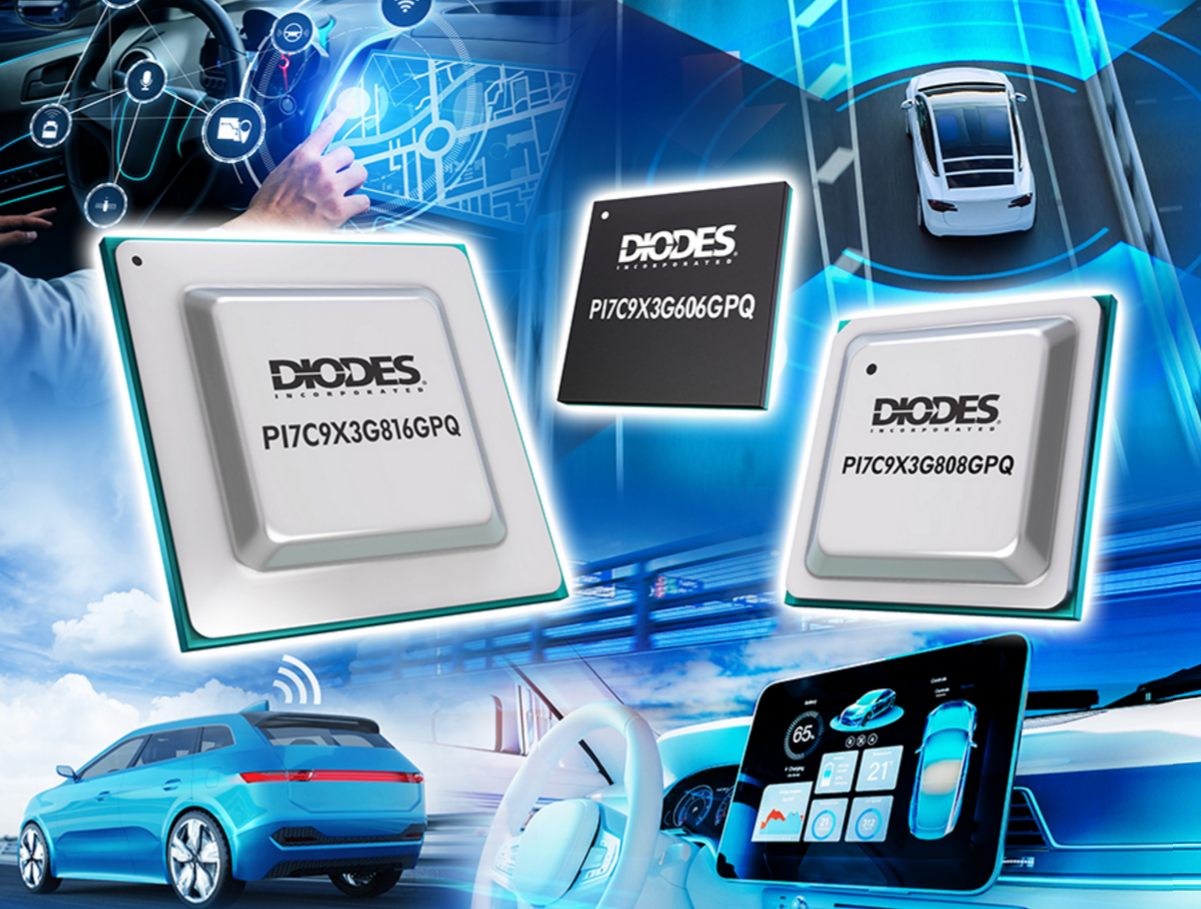
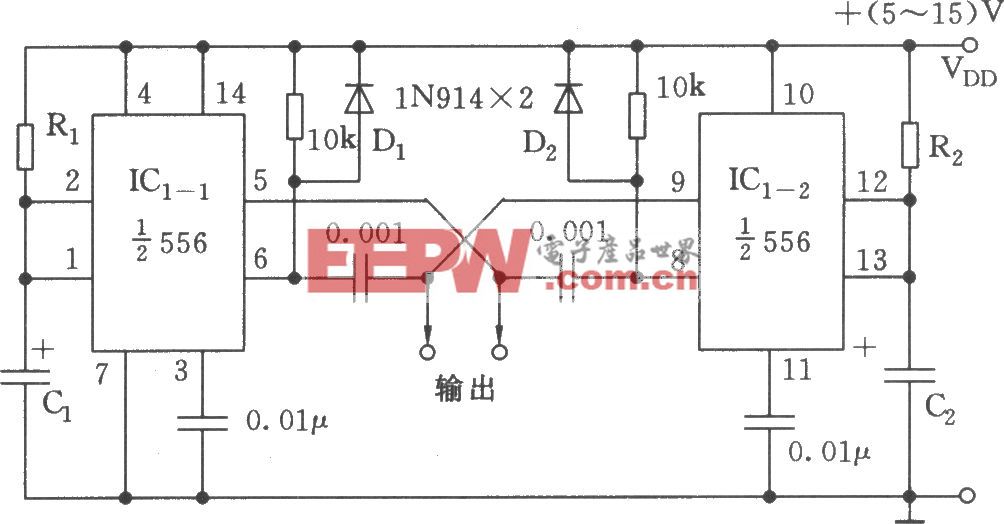



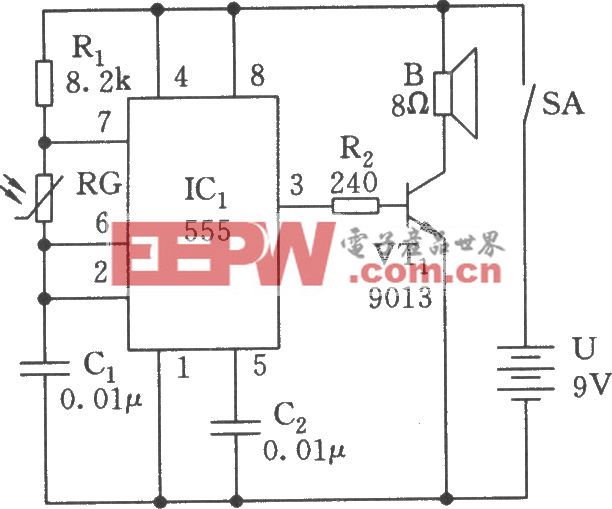

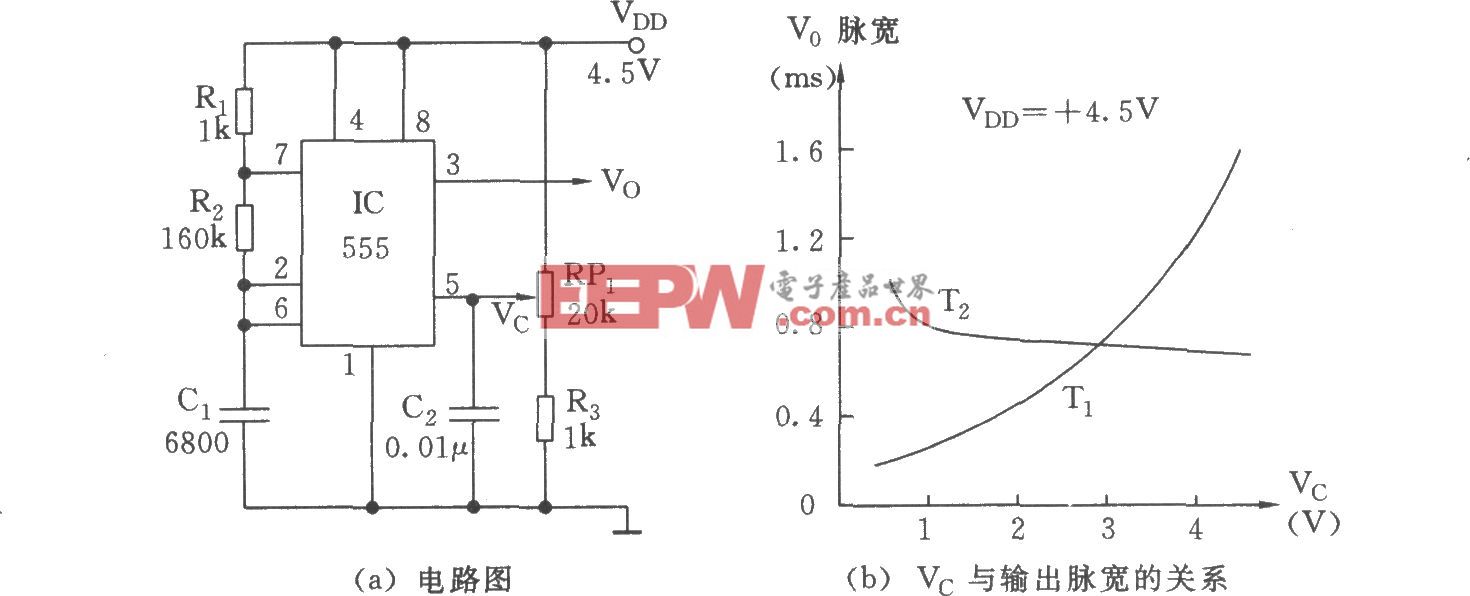
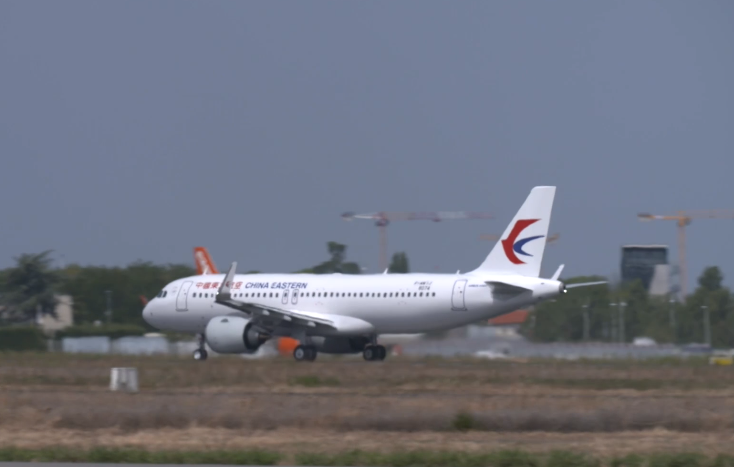


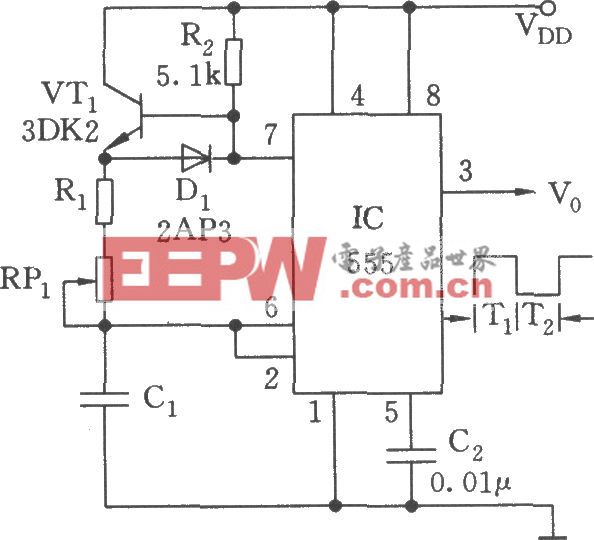
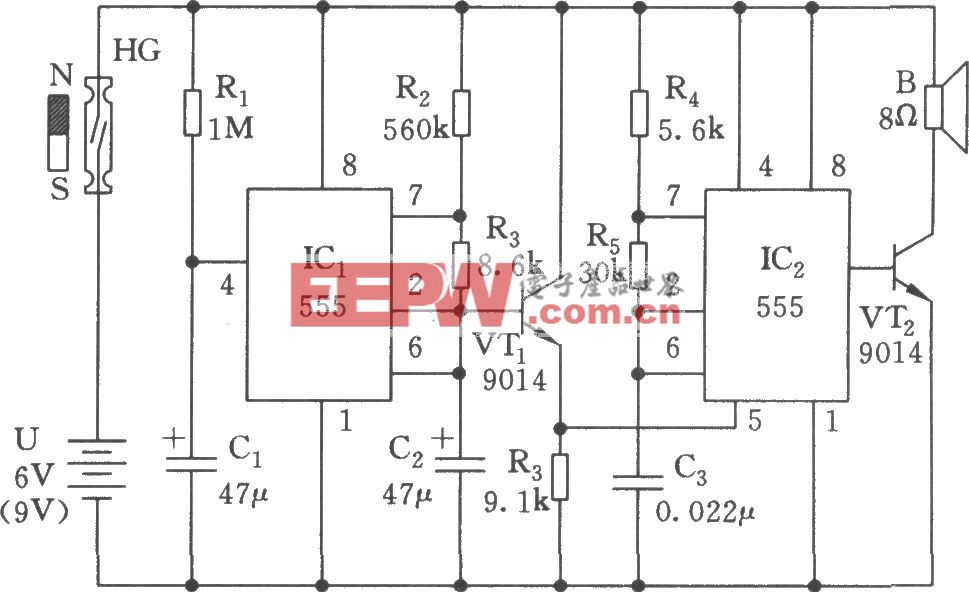

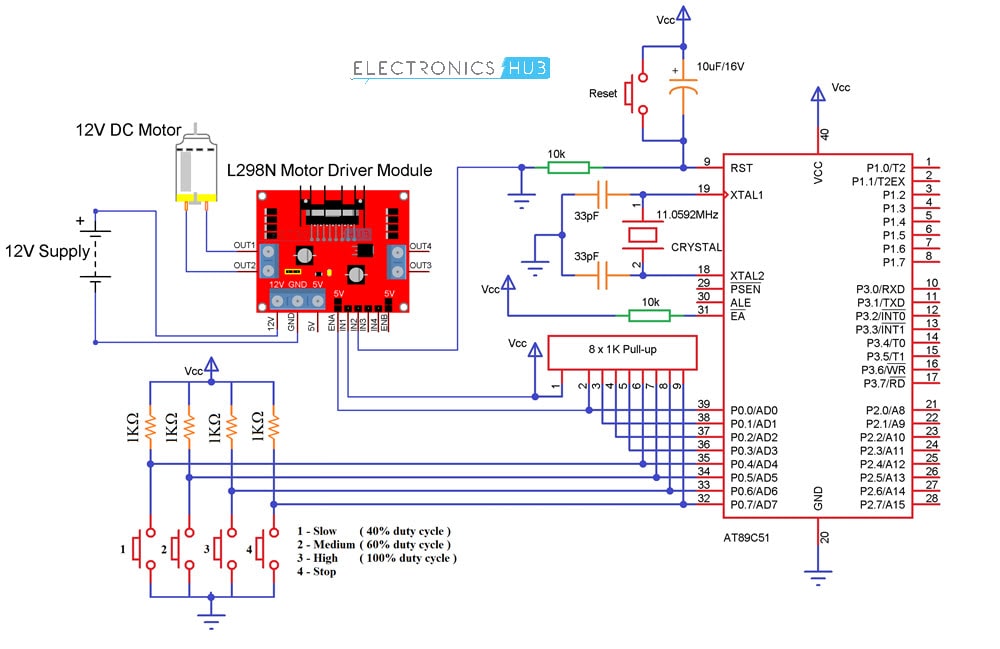

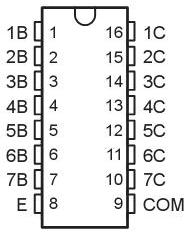

评论